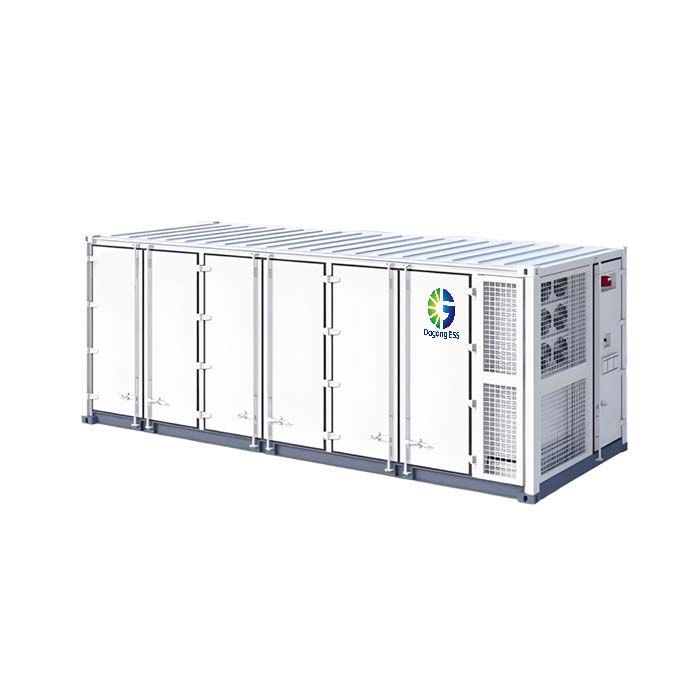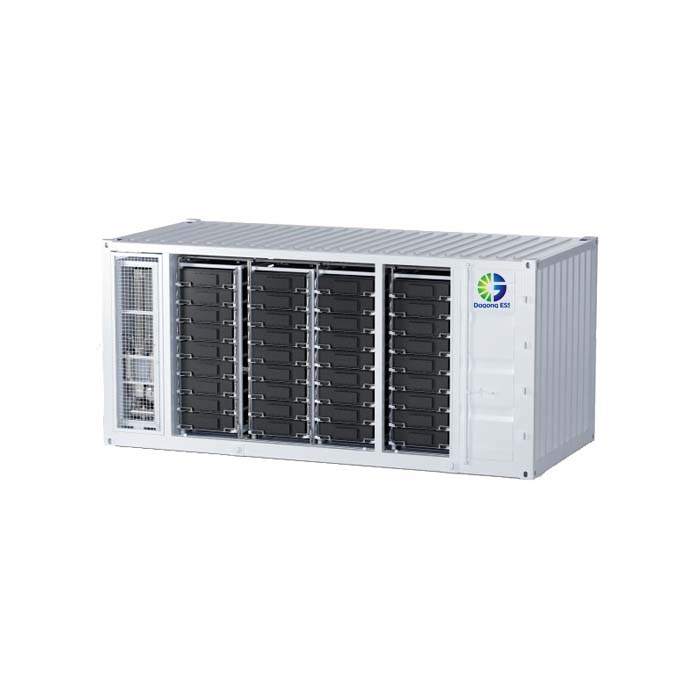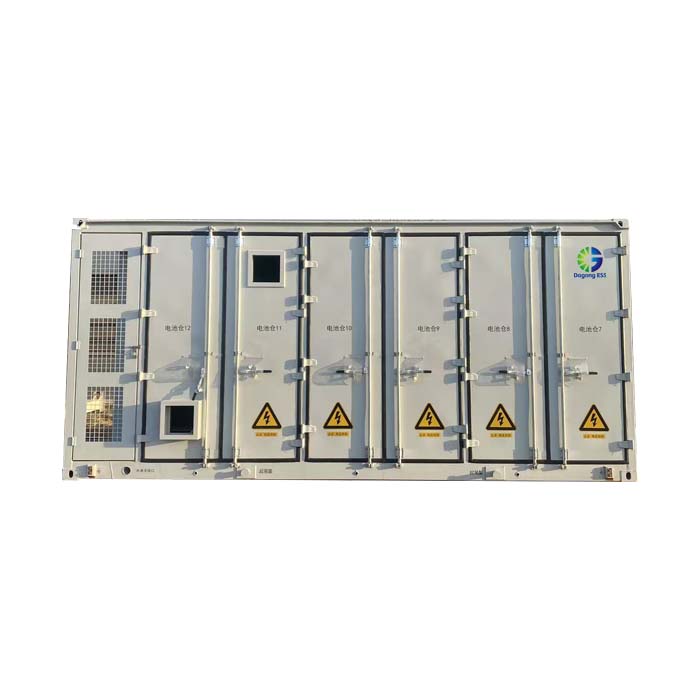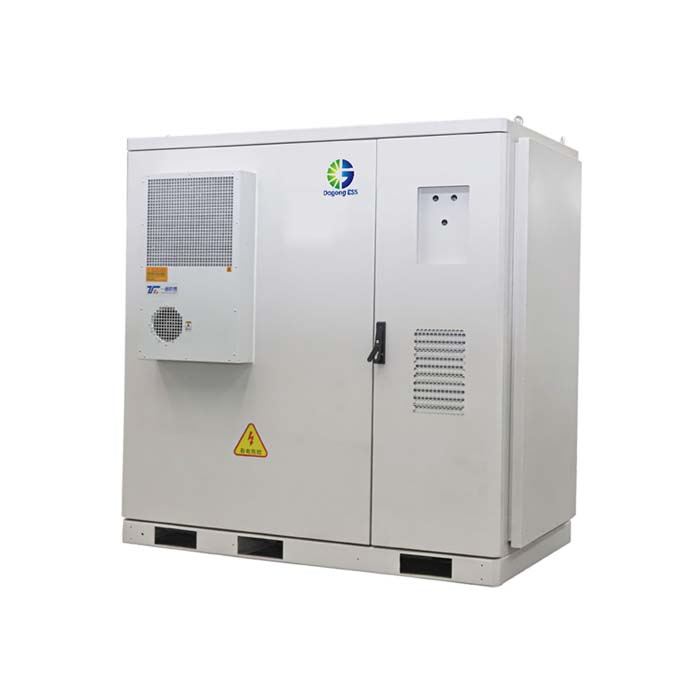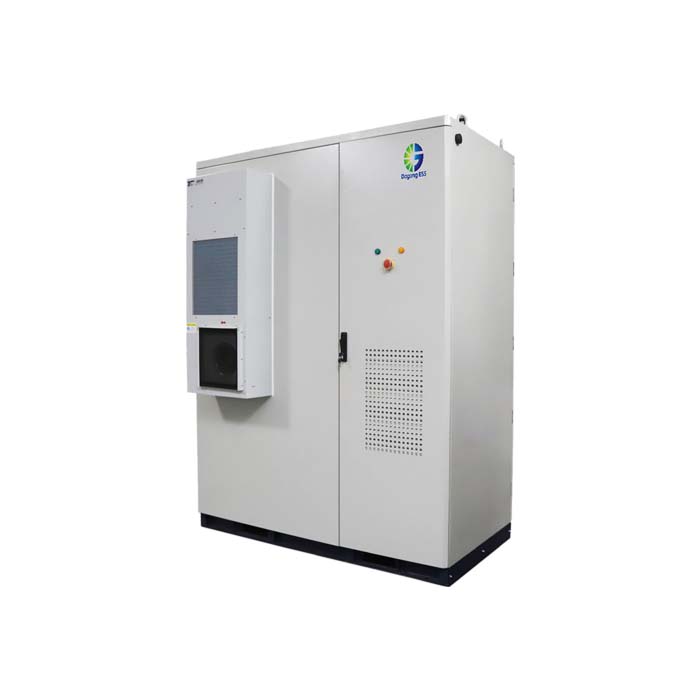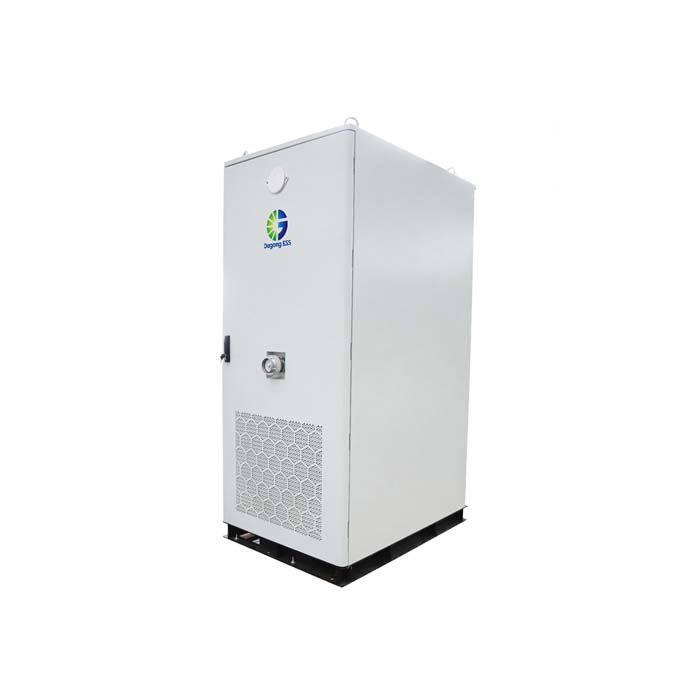How Energy Storage Supports Renewable Power Reliability
What Is Energy Storage in Renewable Power Systems?
Energy Storage Systems (ESS) play a vital role in enhancing the reliability and stability of renewable energy sources such as solar and wind. Since these resources are intermittent by nature — producing power only when the sun shines or the wind blows — ESS stores surplus energy and delivers it when generation drops, enabling continuous and balanced power supply.
Types of ESS Used with Renewables
Residential ESS
Stores excess solar power from rooftop panels
Supports home energy self-consumption and backup
Manages larger solar or wind farm output
Provides grid services such as peak shaving and demand response
Utility-Scale Containerized ESS
Smooths output from large wind and solar farms
Integrates into smart grids and virtual power plants (VPP)
Key Features of ESS Enhancing Renewable Reliability
1. Smoothing and Balancing Output
ESS absorbs fluctuations in solar irradiance or wind speed
Supplies consistent power despite changing weather conditions
2. Preventing Curtailment
Stores excess renewable generation during low demand periods
Avoids wasting energy by feeding it back when grid conditions allow
3. Peak Shaving and Load Shifting
Shifts stored energy to high-demand periods to reduce grid stress
Optimizes renewable usage by matching supply with consumption
4. Frequency and Voltage Regulation
Provides fast response to maintain grid stability
ESS adjusts output to correct frequency deviations and voltage spikes
5. Backup Power and Black Start Capability
Ensures power supply continuity during outages
Supports restarting of power plants and grid sections after failure
Applications of ESS in Renewable Integration
Solar Farms with Battery Storage
Wind Power Plants Coupled with ESS
Microgrids and Off-Grid Renewable Systems
Community Energy Projects and VPPs
Price Considerations
The price of ESS for renewable projects varies by size and technology:
System size (100kWh to 5MWh+)
Cooling type (air-cooled vs. liquid-cooled)
Integration needs (PV, EMS, grid connection)
Air-cooled cabinets (100kWh–241kWh) are more cost-effective for mid-scale peak shaving. Liquid-cooled container systems (215kWh–5MWh) suit larger factories or EV infrastructure.
Prices are usually quoted as EXW, FOB, or CIF, depending on logistics and project location.
How to Choose ESS for Your Renewable Project
Match ESS Size to Renewable Output
Size storage to cover fluctuations and maximize self-consumption
Select Cooling and Battery Chemistry
Choose LFP batteries with air or liquid cooling for longevity and safety
Ensure Smart EMS Integration
Use systems with energy management for real-time optimization
Consider Certification and Compliance
Look for CE, UN38.3, MSDS, IEC, and local grid approvals
How Long Does Renewable ESS Last?
ESS based on LFP batteries typically offer:
8,000+ cycles at 70% State of Health (SOH)
15+ years operational life with proper management
The Supplier of Renewable ESS Solutions: Dagong ESS
Dagong ESS specializes in battery energy storage systems optimized for renewable energy integration:
Residential Systems
5kWh to 80kWh stackable solar storage solutions
Commercial & Industrial Systems
100kWh to 372kWh air-cooled and liquid-cooled ESS
Utility-Scale Containerized Solutions
3.35MWh liquid-cooled and 5MWh air-cooled containers
All systems come with advanced EMS, real-time monitoring, and global safety certifications.
Planning to enhance your renewable power reliability? Contact Dagong ESS for customized ESS solutions:
Email: sales@dagongess.com
Website: 🌐 www.dagongess.com


